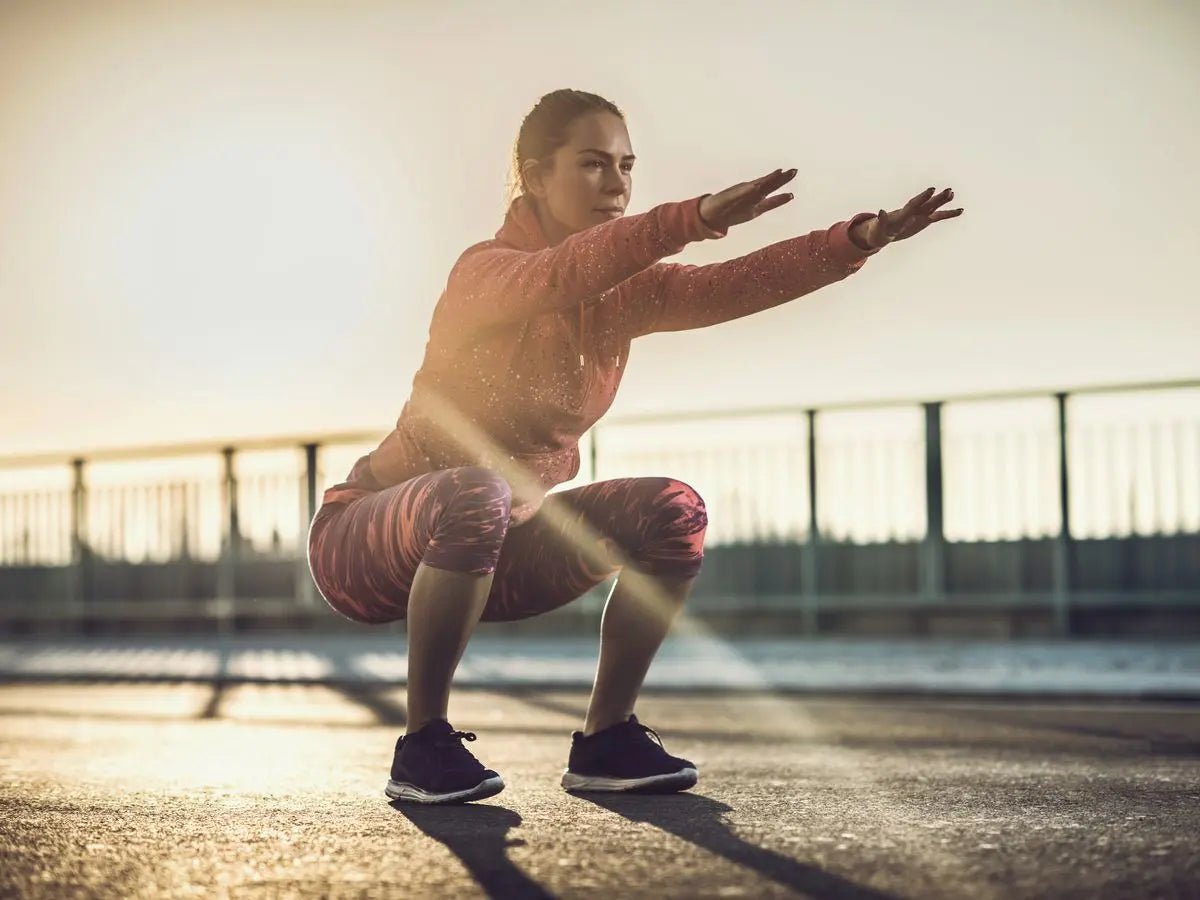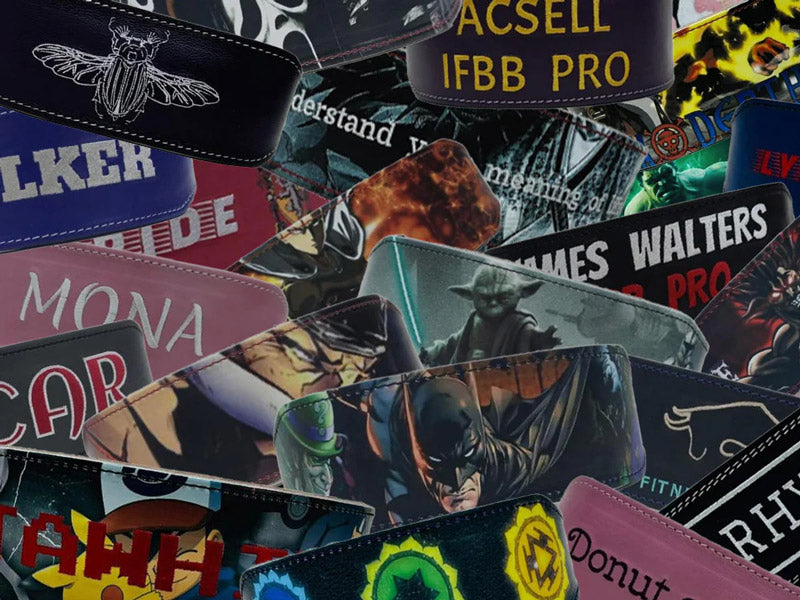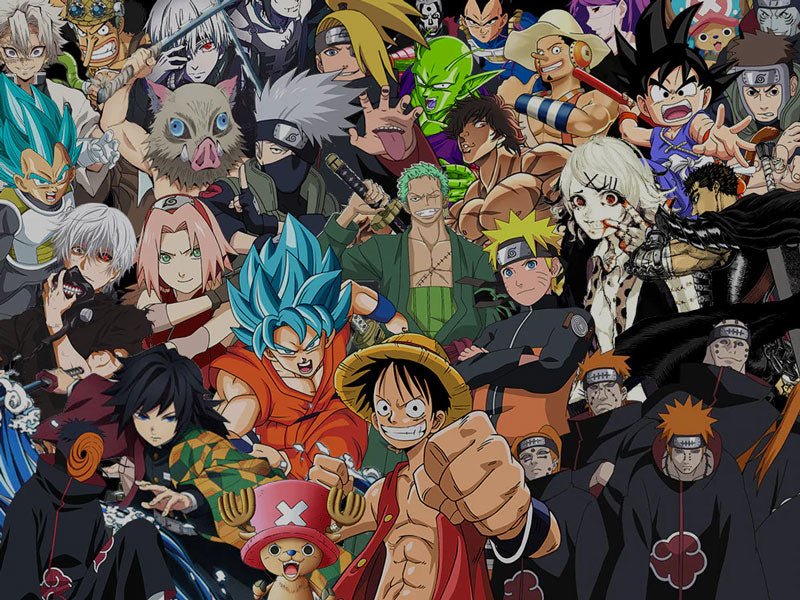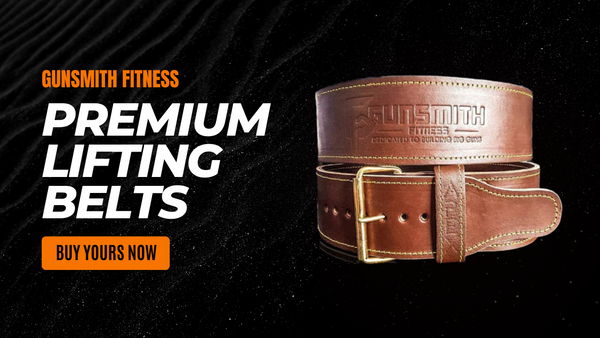
Why Do My Quads Hurt So Much After Squatting?
Squatting is a fundamental movement that engages multiple muscle groups, particularly the quadriceps. However, you may often find yourself asking, "Why do my quads hurt so much after squatting?" This article will delve into the reasons behind this common issue and provide you with comprehensive information to better understand and manage the discomfort.
The Anatomy of Squatting
Squatting is a compound exercise that involves multiple joints and muscles. The primary muscles engaged during a squat are the quadriceps, located at the front of your thighs. These muscles are responsible for extending the knee and are heavily involved in the upward movement of a squat.
Other muscles involved in squatting include the gluteus maximus, hamstrings, and the muscles of the lower back and core. However, the quadriceps often bear the brunt of the load, especially in high-intensity or high-volume squatting, which can lead to discomfort or pain after the exercise.
Reasons for Quadriceps Pain After Squatting
Overuse and Muscle Strain
One of the most common reasons for quadriceps pain after squatting is overuse or muscle strain. This occurs when the muscle fibers are overstretched or torn, usually due to excessive load or volume. The pain is often sharp and localized to the area of the strain.
Overuse can also lead to a condition known as quadriceps tendinitis, which is inflammation of the tendon that attaches the quadriceps muscles to the kneecap. This condition causes pain and tenderness at the front of the knee, which can be exacerbated by squatting.
Improper Form
Another common cause of quadriceps pain after squatting is improper form. If you're not squatting correctly, you can put undue stress on your quadriceps and other muscles, leading to pain and injury. For example, if your knees are caving in or you're leaning too far forward, you're likely overloading your quadriceps.
Improper form can also lead to other injuries, such as meniscus tears or patellofemoral pain syndrome, both of which can cause pain in the knee and quadriceps. Therefore, it's crucial to learn and maintain proper squatting form to prevent these issues.
Preventing Quadriceps Pain After Squatting
Proper Form and Technique
As mentioned earlier, maintaining proper form and technique during squats is crucial in preventing quadriceps pain. This includes keeping your chest up, pushing your hips back and down, and ensuring your knees track over your toes.
It may be beneficial to work with a personal trainer or physical therapist to learn and perfect your squatting technique. They can provide you with personalized feedback and corrections to ensure you're squatting safely and effectively.
Appropriate Load and Volume
Another important factor in preventing quadriceps pain after squatting is ensuring you're using an appropriate load and volume. This means not lifting too heavy or performing too many reps, both of which can lead to overuse and strain.
It's important to gradually increase your load and volume over time, allowing your muscles to adapt and strengthen. This is known as progressive overload and is a key principle in strength training.
Proper Warm-Up and Cool-Down
Warming up before squatting and cooling down afterward can also help prevent quadriceps pain. A proper warm-up increases blood flow to the muscles, prepares them for the upcoming exercise, and reduces the risk of injury.
A cool-down, on the other hand, helps to gradually reduce your heart rate and relax your muscles, reducing the risk of muscle stiffness and soreness after exercise. This can include light cardio and stretching exercises.
Treating Quadriceps Pain After Squatting
Rest and Recovery
If you're experiencing quadriceps pain after squatting, the first step in treatment is usually rest and recovery. This allows your muscles to heal and recover from the strain or injury. Depending on the severity of the pain, you may need to take a break from squatting or lower-body exercises for a few days or weeks.
During this time, it's important to listen to your body and not push through the pain. Doing so could potentially worsen the injury and prolong your recovery time.
Physical Therapy and Rehabilitation
In some cases, you may benefit from physical therapy or rehabilitation for quadriceps pain after squatting. A physical therapist can provide you with specific exercises and stretches to strengthen your quadriceps and other muscles, improve your flexibility, and prevent future injuries.
They can also provide you with advice on proper squatting technique and form, helping you to prevent further quadriceps pain and injury.
Medication and Pain Management
In some cases, over-the-counter pain relievers or anti-inflammatory medications may be recommended to manage quadriceps pain after squatting. These can help to reduce pain and inflammation, making it easier for you to move and perform daily activities.
However, it's important to note that medication should not be used as a long-term solution for quadriceps pain. If your pain persists or worsens, it's important to seek medical attention.
Conclusion
Quadriceps pain after squatting is a common issue, often caused by overuse, muscle strain, or improper form. However, with proper form and technique, appropriate load and volume, and a proper warm-up and cool-down, you can prevent this discomfort.
If you're experiencing persistent quadriceps pain after squatting, it's important to seek medical attention to rule out any potential injuries or conditions. With the right treatment and preventative measures, you can continue to squat safely and effectively, reaping the many benefits of this powerful exercise.






